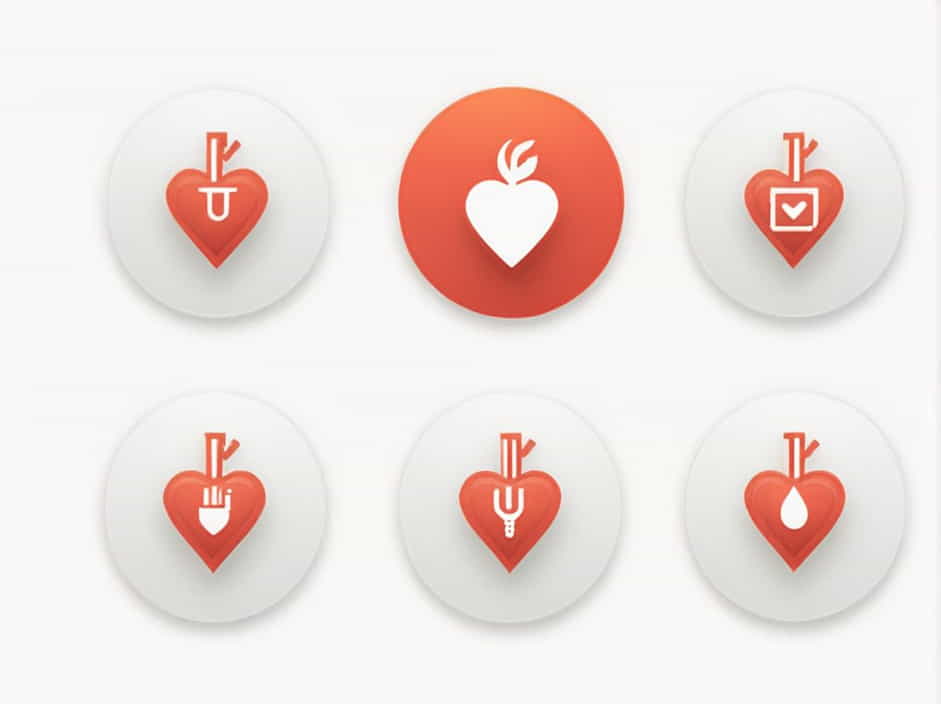The term transfusion is commonly associated with medical procedures, particularly the transfer of blood or fluids from one individual to another. However, its meaning extends beyond just medical use. Transfusion can also refer to the act of transferring energy, ideas, or resources to revitalize something.
This topic explores the definition, types, history, importance, and risks of transfusion in various contexts.
Definition of Transfusion
Medical Meaning
In medicine, transfusion refers to the process of transferring blood, blood components, or other fluids from one person (donor) to another (recipient). This is often done to replace lost blood, treat diseases, or support a patient during surgery.
Broader Meaning
Beyond its medical usage, transfusion can also mean the transfer of something vital to restore or improve a condition. It can refer to:
- An infusion of new ideas – A company receiving a transfusion of creativity to boost innovation.
- A transfer of resources – A country receiving a financial transfusion to stabilize its economy.
- Emotional or spiritual renewal – Someone experiencing a transfusion of motivation after a life-changing event.
Types of Transfusion
1. Blood Transfusion
Blood transfusion is the most well-known type. It involves transferring whole blood or blood components to a patient in need. The key components include:
- Red Blood Cells (RBCs) – Used to treat anemia or blood loss.
- White Blood Cells (WBCs) – Transfused in rare cases to fight infections.
- Platelets – Essential for blood clotting, often given to cancer patients.
- Plasma – The liquid part of blood, useful in treating burns and clotting disorders.
2. Plasma Transfusion
Plasma transfusion is used for patients with liver disease, severe infections, or clotting disorders. Plasma contains important proteins and antibodies that help in recovery.
3. Bone Marrow Transfusion
This is also known as bone marrow transplantation. It is used to treat diseases like leukemia and aplastic anemia by replacing damaged bone marrow with healthy stem cells.
4. Organ and Tissue Transfusion
Although not called a transfusion in the traditional sense, the transfer of organs or tissues from a donor to a recipient follows a similar principle. This includes:
- Kidney transplants
- Liver transplants
- Skin grafts for burn victims
5. Fluid Transfusion
Fluid transfusion involves the administration of intravenous (IV) fluids to treat dehydration, electrolyte imbalances, or shock.
The History of Transfusion
Early Experiments
The concept of transfusion dates back to the 17th century, when early scientists experimented with animal-to-human blood transfusions. However, these procedures often failed due to incompatible blood types.
Discovery of Blood Groups
In 1901, Dr. Karl Landsteiner discovered blood types (A, B, AB, and O), making transfusions much safer. This breakthrough led to the widespread use of blood transfusions in hospitals.
World Wars and Advancements
During World War I and II, the need for transfusions increased dramatically. This led to the development of blood banks and improved techniques for storing and transporting blood.
The Importance of Transfusion in Medicine
1. Saves Lives in Emergencies
Transfusions are critical in saving lives during medical emergencies such as:
- Severe bleeding from accidents
- Surgical procedures
- Childbirth complications
2. Treatment for Medical Conditions
Many diseases require regular transfusions, including:
- Anemia – Patients with chronic anemia need frequent blood transfusions.
- Cancer – Chemotherapy patients often require platelet or red blood cell transfusions.
- Hemophilia – A condition where blood does not clot properly, requiring clotting factor transfusions.
3. Supports Organ Transplants
Patients undergoing organ transplants often need blood transfusions to prevent complications and support recovery.
4. Boosts the Immune System
For some patients with weak immune systems, transfusions of white blood cells can help fight infections.
Risks and Complications of Transfusion
Despite its benefits, transfusion comes with certain risks and side effects.
1. Allergic Reactions
Some people may experience mild allergic reactions to transfused blood, causing rash, fever, or chills.
2. Iron Overload
Repeated blood transfusions can cause iron buildup in the body, which may lead to organ damage over time.
3. Infection Risk
Although rare, there is a small chance of infections being transmitted through transfusion. Strict screening procedures have greatly minimized this risk.
4. Immune System Reactions
In some cases, the recipient’s immune system may attack the transfused blood, leading to serious complications.
Who Needs a Transfusion?
People who require transfusions include:
- Accident victims who have lost a lot of blood.
- Surgical patients who experience excessive bleeding.
- Cancer patients undergoing chemotherapy.
- Premature babies with low blood cell counts.
- Individuals with blood disorders such as sickle cell anemia.
The Role of Blood Donation in Transfusion
1. Why Blood Donation Matters
Since blood cannot be artificially manufactured, blood donation is crucial for ensuring a stable supply for transfusions.
2. Who Can Donate Blood?
Most healthy adults can donate blood, provided they:
- Are in good health
- Weigh at least 50 kg (110 lbs)
- Have no infectious diseases
- Haven’t donated in the last 8 weeks
3. How Blood is Stored and Used
Donated blood is carefully tested, processed, and stored before being used in transfusions. Different blood components can be separated and used for specific medical conditions.
Non-Medical Uses of the Word “Transfusion”
Outside of medicine, transfusion can also mean a transfer of energy, ideas, or resources. Examples include:
- Economic transfusion – A struggling economy receiving financial aid.
- Cultural transfusion – The blending of traditions and customs between countries.
- Creative transfusion – A company introducing fresh ideas to rejuvenate its brand.
The word transfusion primarily refers to the medical procedure of transferring blood or fluids to treat patients. However, its meaning extends beyond healthcare, symbolizing renewal, revitalization, and the transfer of essential resources in various aspects of life.
Whether used in hospitals, businesses, or personal growth, transfusion plays a critical role in sustaining life and progress.
